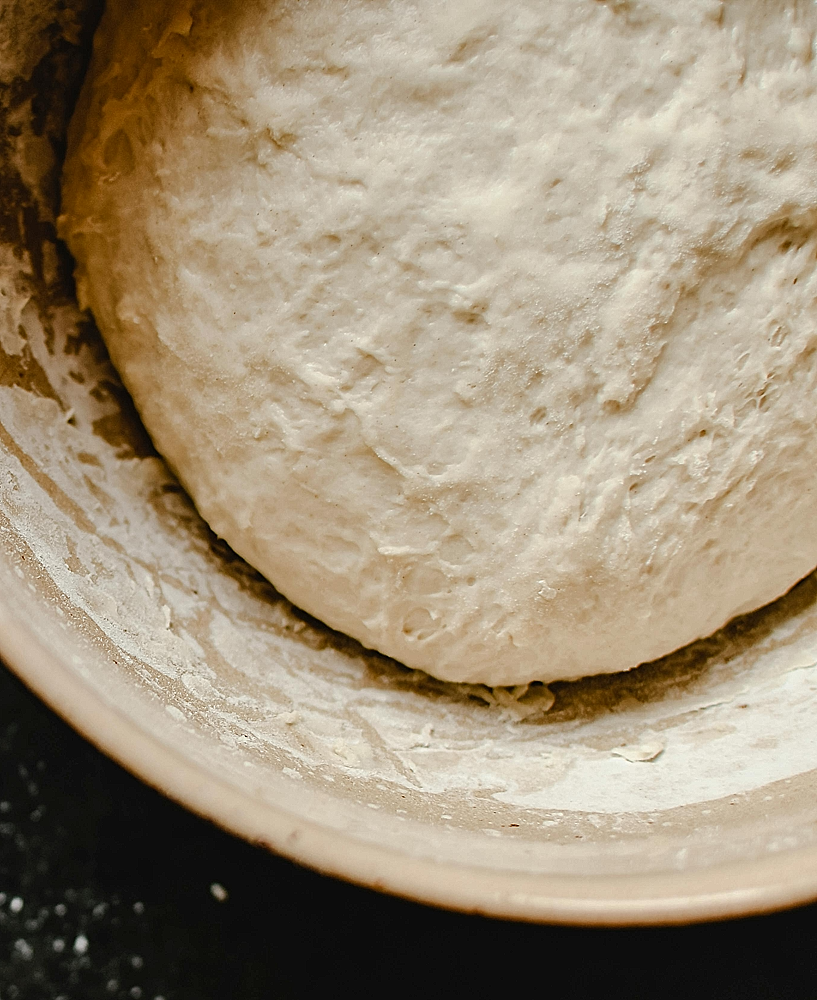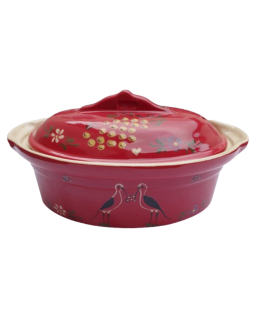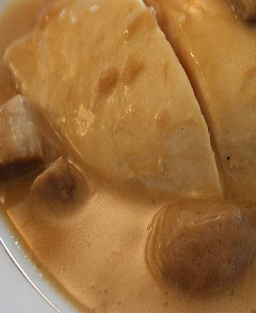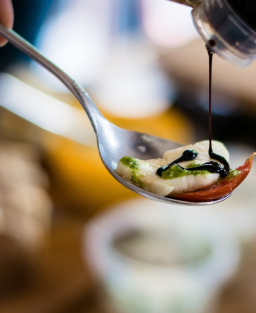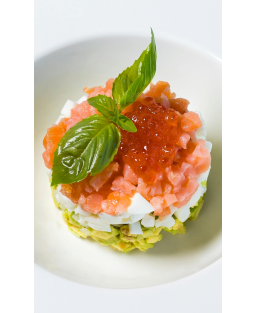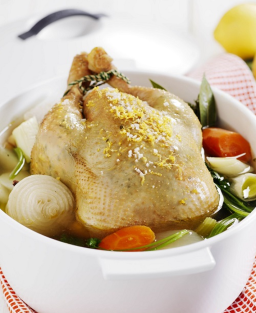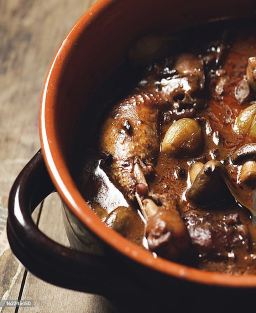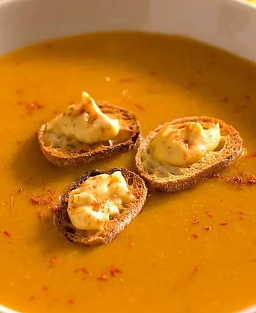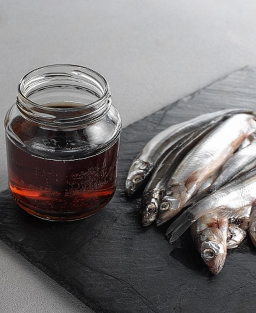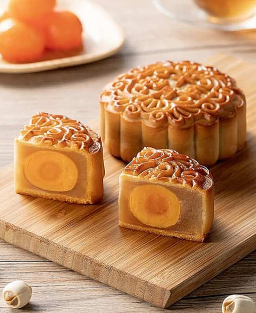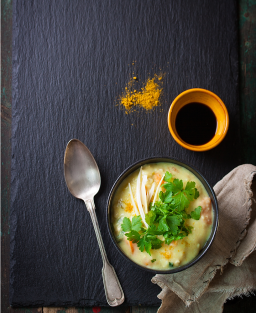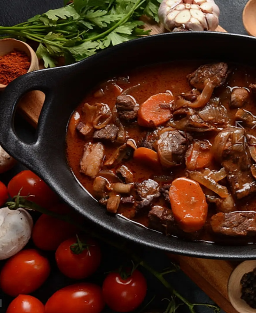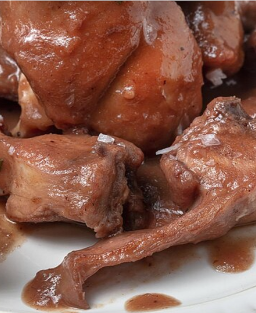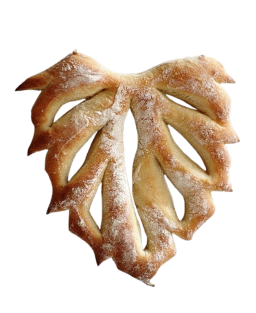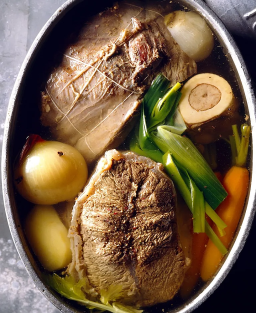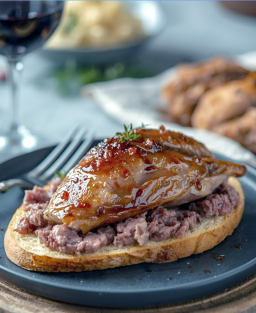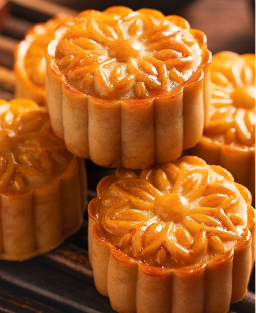La Mique de Corrèze – Traditional French Recipe
La Mique de Corrèze – Traditional French Recipe
Traditional recipe of La Mique de Corrèze – Iconic dish of the French terroir
Other names: Mique (most common name), Pain de ménage (old rural term), Pain bouilli (historical term), Mique de Corrèze (regional codified version), Pain de Quercy (name used in Quercy-Périgord)
Discover the traditional recipe of La Mique de Corrèze – an iconic dish of the French terroir combining rusticity, authenticity, and the nobility of local products. Codified by the Confraternity of La Mique Quercy-Périgord, this recipe preserves ancestral know-how to ensure traditional preparation and its transmission to future generations.
Anecdote or Saying
-
“In Corrèze, it was once said: ‘Who has not tasted the mique has not known the heart of the country.’”
-
“Antiquis temporibus, panis in aqua coctus erat signum hospitalitatis.”
Legends or Stories
La Mique nourished peasants during harsh winters and served as a generous meal for pilgrims and travelers. A symbol of conviviality, it is now honored by the Confraternity, which safeguards its authenticity and traditional preparation methods.
Geographic Origin and Status
-
Country: France
-
Region: Corrèze / Quercy-Périgord
-
Official status: Recipe codified by the Confraternity of La Mique Quercy-Périgord
-
Recipe origin: Oral family transmission
-
Codified recipe: Yes
-
Official specification (Cahier des charges):
-
Mandatory ingredients: wheat or rye flour, water, salt, whole milk, butter (optional)
-
Codified kneading and cooking techniques
-
Traditional shape: round or oval, cooked wrapped in a cloth in boiling water
-
Respect for local traditions in presentation and service
-
-
-
Certification body: Confraternity of La Mique Quercy-Périgord
-
Founding municipalities: Masclat, Milhac (Lot), Sainte-Mondane and Veyrignac (Dordogne)
-
Annual event: Mique Festival, first Sunday of December
History
La Mique de Corrèze is an iconic dish of Limousin and Quercy-Périgord, with roots going back to the Middle Ages. A quintessential peasant dish, it combined simplicity and necessity, using bread, flour, and local dairy products.
Over the centuries, the recipe was transmitted orally from generation to generation. Trade exchanges and local resources enriched the preparation with fresh milk, butter, and sometimes aromatic herbs. Traditional boiling in water or broth has been preserved, ensuring a dense and tender texture.
In Quercy-Périgord, a variant fried in goose, duck fat, or lard appeared, allowing the mique to be kept after cooking while adding a stronger flavor and a golden crust, highly appreciated as a side for meats or for breakfast.
The Confraternity of La Mique Quercy-Périgord, created in October 2012 by four municipalities (Masclat, Milhac, Sainte-Mondane, and Veyrignac), aims to promote and preserve the Mique. It codifies the recipe and organizes an annual festival on the first Sunday of December to celebrate this traditional dish, ensuring its authenticity and transmission to new generations.
Notable Chefs and Contributions
-
Auberge de la Mique – Uzerche: strict adherence to the cahier des charges
-
Le Fournil du Limousin – Tulle: traditional version with potatoes
-
Maison du Terroir – Brive-la-Gaillarde: mique served alongside regional dishes
-
Auberge du Plateau – Corrèze: gastronomic version in flavored broth
-
Le Clos des Champs – Argentat: mique revisited with cream and butter
-
Restaurant La Corrèzienne – Égletons: modern presentation in individual bites
Recipe Description
-
Presentation: Dense bread or dough balls, soft inside, with subtle aromas of flour, milk, and butter.
-
Culinary features:
-
Boiled cooking: Traditional in Corrèze and Limousin; inherited method from peasants for cooking mique in water or broth. Produces a tender and homogeneous dough, ideal for accompanying stews.
-
Fried in fat: Common in Quercy-Périgord, Lot, and Dordogne. The mique is browned in goose, duck fat, or lard to obtain a crispy crust while keeping a soft interior. Often served with roasted meats or at breakfast, adding richness and extra flavor.
-
Ingredients (6 servings)
-
500 g wheat or rye flour
-
200 ml whole milk
-
150 ml water
-
1 tsp salt
-
50 g butter (optional)
-
Variants: cooked potatoes to incorporate, fresh herbs (thyme, parsley)
Preparation Method
-
Prep time: 15 min
-
Cooking time: 40–45 min (boiled) or 10–15 min (fried after precooking)
Dough preparation:
-
Mix flour and salt in a large bowl.
-
Gradually add milk and warm water while kneading to obtain a smooth and homogeneous dough.
-
Incorporate butter if desired, to enrich the dough and add softness.
-
Shape into dough balls or an oval loaf according to local tradition.
Boiled cooking (Corrèze / Limousin tradition):
-
Bring a large pot of salted water or light broth to a boil.
-
Wrap each dough ball in a clean cloth and immerse in simmering water.
-
Cook 40–45 min over low heat until the mique is fully cooked inside.
-
Remove, drain, and rest 5 min before slicing.
-
Expected result: Tender and homogeneous dough, ideal to accompany saucy dishes.
Fried in fat (Quercy-Périgord, Lot, Dordogne):
-
Slice cooked or partially cooked mique into thick slices.
-
Heat a pan with goose, duck fat, or lard.
-
Brown the slices 5–7 min on each side over medium heat until golden and crispy outside, keeping a soft interior.
-
Expected result: Flavorful crust, contrasting texture, rich aromas from animal fat.
Specific cuts:
-
Thick slices for both cooking methods
-
For fried version, 2–3 cm slices allow better browning and a tender center
Safety and Hygiene
Maintain cold chain for dairy products and ensure full cooking to avoid health risks.
Compliance with Cahier des Charges
All ingredients, proportions, and cooking methods must follow the official guide to bear the name “Mique de Corrèze.”
Versions and Regional Variants
-
Boiled version (Corrèze / Limousin): classic, served in thick slices with saucy dishes
-
Fried version (Quercy-Périgord, Lot, Dordogne): browned in fat for a stronger flavor and crispy crust
-
Gourmet version: cooked in flavored broth or fried with fine herbs and clarified butter
-
Modern family version: individual portions, steamed or baked gently
Tips
-
Do not over-knead to keep the mique tender
-
Cook over low heat so the outside doesn’t harden before the center is done
-
Chef’s tip: Use fresh local cow’s milk and incorporate butter at the end of kneading for perfect texture
-
Confraternity’s advice: Strictly follow the official cahier des charges for certified mique
Service and Accompaniments
-
Presentation style: rustic or banquet
-
Serving: on plate or platter, in thick slices
-
Accompaniments: stews, meats in sauce, root vegetables
Recommended Wines and Beverages
-
Red wines:
-
Cahors AOC, Malbec: powerful and tannic, ideal with rustic mique
-
Recommended vintages: 2015, 2016, 2018
-
Serving temperature: 16–18 °C
-
-
Bordeaux Supérieur: round and fruity, balanced structure and lightness
-
Vintages: 2014, 2017
-
-
-
White wines:
-
Dry Bergerac: lively, white fruit aromas, refreshing
-
Vintages: 2018, 2020
-
-
Limoux white: slightly floral and fruity, light texture
-
Vintages: 2019, 2021
-
-
-
Non-alcoholic alternatives: artisanal apple juice or thyme/camomile infusion
Nutritional Information (1 serving)
-
Energy: 230 kcal
-
Fat: 5 g
-
Carbohydrates: 42 g
-
Protein: 6 g
-
Fiber: 2 g
-
Allergens: gluten, milk (if butter or milk used)
-
Possible adaptations: gluten-free, vegan (substitute milk and butter with plant-based alternatives)
Culinary Glossary – Mique de Corrèze
-
Boiled / Boiling: Cooking immersed in simmering liquid (water or broth), producing even cooking and tender texture
-
Kneading: Working the dough to develop gluten and obtain elastic structure
-
Cloth / Towel: Clean fabric used to wrap the dough to maintain shape during cooking
-
Crust: Golden or lightly caramelized outer part of bread or fried preparation
-
Goose / Duck fat: Animal fats used in frying to add flavor and crispness
-
Lard: Pig fat traditionally used for frying or browning
-
Tender / Soft: Quality of dough that remains soft and flexible inside
-
Aromatic herbs: Plants like thyme, parsley, or bay leaf used to add flavor
-
Dough ball: Portion of dough shaped round, suitable for boiling or frying
-
Oval loaf: Traditional mique shape, slightly elongated according to regional codification
-
Thick slice: 2–3 cm cut for frying to obtain golden crust and tender center
-
Regional variants: Adaptations according to local traditions (adding potatoes, herbs, cooking in different fats)
-
Cahier des charges: Official document detailing allowed ingredients, proportions, and methods
-
Oral transmission: Passing recipes and techniques from generation to generation before codification
-
Peasant dish: Simple and nourishing recipe made from local, accessible products







